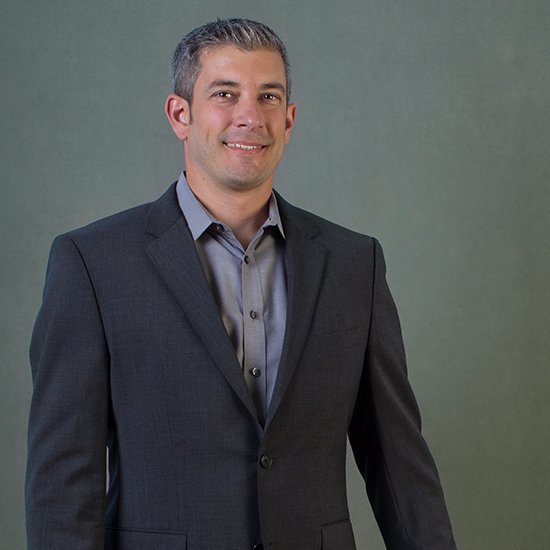Chris Forney, LAC Committee Member
Using our Collective Voice
In the wake of the latest Supreme Court EPA Ruling, I would like to seize upon this moment to promote discussion, healthy debate and understanding amongst our membership and feel empowered to drive home our shared priorities. Our superpower as an organization is that we have a collective voice that is smart, informed, and structured and can be used to influence legislation. From my perspective, it is a lot more apparent how critical it is that we get better at using that superpower to influence legislation. If we don’t, others will and we may not like those outcomes.How do we do that?
Can we promote discussion and debate towards hammering out a shared agenda? A shared agenda can be mobilizing for membership.
Can we be polling our members more frequently and sharing the results? I think Architects want to know what other Architects are thinking. These results might also help us communicate shared priorities with more validity, authenticity and transparency.
Can we get good at deciphering permission from membership (voting) on 1-3 clear goals that we then confidently use to direct committees to execute, full steam?
I’ve long suspected that executive action through agency directive was not a durable pathway to responding to climate change (or any matter). The recent supreme court decisions are telling us that the only durable response to women’s rights, environmental and health protection and social justice is through legislation. We are being told by this Supreme Court to set clearer rules for them to judge by. So, let’s get organized and let’s get clear on the rules we want our local, State and National communities to live by.Our collective voice just became a lot more important. My hope is that we, as a community of Architects, can gather our focus amongst our membership to describe the future we want to see.
Christopher Forney | Principal
BRIGHTWORKS SUSTAINABILITY
*****
Cindy Robert, Rainmakers LLC (AIA Oregon Lobbyist)
State Wildfire Risk Mapping now available – a proactive measure to prevent and respond to the growing threat of wildfires.
The searchable map shows the wildfire risk of properties across the state. Anyone can plug in their address and see where their property falls on a risk spectrum. The map was made by a collaborative that included the state’s Department of Forestry, the U.S. Forest Service and Oregon State University as part of Senate Bill 762 (2021 legislative session). That bill, passed during the 2021 Legislative session, ordered state agencies to undertake a slate of measures to modernize and improve wildfire preparedness through three key strategies: creating fire-adapted communities, developing safe and effective response, and increasing the resiliency of Oregon's landscapes. The bill is the product of years of hard work by the Governor's Wildfire Council, the Legislature, and state agencies.
At its core, the wildfire risk map is a tool to help inform decision making and planning related to mitigating wildfire risk for communities throughout Oregon and making it a reality has been an immense lift. Every tax lot in Oregon is assigned a wildfire risk classification. Knowing their level of wildfire risk will assist homeowners in identifying mitigation actions that can help protect their homes and communities. For homes that fall within the WUI and are classified as high or extreme risk, there will be required mitigation actions. The Office of the State Fire Marshal is working on defensible space codes and the Building Codes Division is working on home hardening codes.


